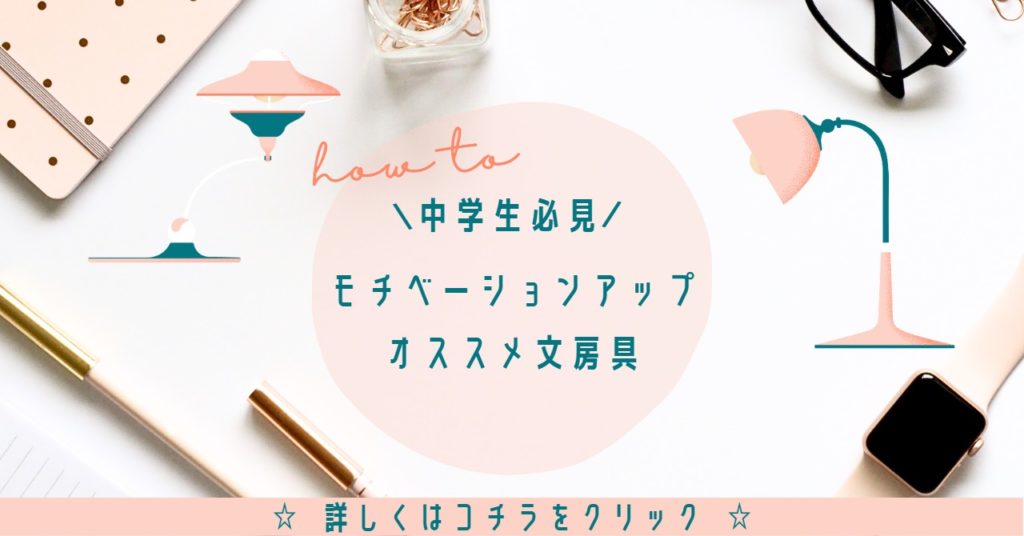三省堂 中学2年生 NEW CROWN(ニュークラウン) Lesson3 Part3の本文の日本語訳と重要箇所の解説です。
Lesson3-1,3-2の解説はこちらからご覧ください。
>中2NEW CROWN Lesson3 Part1 本文和訳
>中2NEW CROWN Lesson3 Part2 本文和訳
- Lesson3 Part3 本文と日本語訳
- Lesson3 Part3 重要事項の解説
- We need water for drinking, doing the laundry, cooking, and many other things.
- However, in many parts of the world, there is not enough clean water.
- One project to solve this problem is the Warka Water Project.
- A Warka Tower uses natural processes to provide people with 100 liters of clean water every day.
- It collects rainwater and dew in a pot at the bottom of the tower.
- The tower also catches fog when the air cools at night.
- The water vapor in fog turns into tiny drops of water on nets.
- The tiny drops come together into large water drops and fall into the pot.
- It has a very simple design.
- A small team of people can build it in just one day.
- To build the tower, they use eco-friendly materials such as bamboo and natural fiber ropes.
- The tower works without electricity, so you can build it in many places.
- There are problems in all communities, including the lack of water.
- It does not waste energy.
- Let’s work with nature, learn from it, and find solutions.
- Lesson3 Part3 まとめ
Lesson3 Part3 本文と日本語訳
Warka Water Project
「ワルカ・ウォーター・プロジェクト」
➀ We need water for drinking, doing the laundry, cooking, and many other things.
「私たちは飲む, 洗濯をする,料理をする,そしてその他にも多くのことに水を必要としています。」
However, in many parts of the world, there is not enough clean water.
「しかし,世界の多くの地域では,十分なきれいな水がありません。」
One project to solve this problem is the Warka Water Project.
「この問題を解決するための1つの計画がワルカ・ウォーター・プロジェクトです。」
② A Warka Tower uses natural processes to provide people with 100 liters of clean water every day.
「ワルカ・タワーは毎日100リットルのきれいな水を供給するために自然の過程を用いています。」
It collects rainwater and dew in a pot at the bottom of the tower.
「ワルカ・タワーでは雨水や露をタワーの底にあるつぼに溜めています。」
The tower also catches fog when the air cools at night.
「そのタワーは,夜に空気が冷えたときは霧も集めます。」
The water vapor in fog turns into tiny drops of water on nets.
「霧の中の水蒸気はアミの中でとても小さい水滴に変わります。」
The tiny drops come together into large water drops and fall into the pot.
「とても小さな滴はくっついて大きな水滴になり,つぼの中に落ちていきます。」
➂ The tower has many good points.
「タワーにはたくさんの良い点があります。」
It has a very simple design.
「タワーはとても簡単な構造になっています。」
A small team of people can build it in just one day.
「少数のチームでたった1日で建てることができます。」
To build the tower, they use eco-friendly materials such as bamboo and natural fiber ropes.
「タワーを建てるために,竹や自然の繊維ロープのような環境にやさしい素材を使います。」
The tower works without electricity, so you can build it in many places.
「タワーは電気なしで動くので,多くの場所に建てることができます。」
④ There are problems in all communities, including the lack of water.
「すべての地域には,水不足などの問題があります。」
The Warka Water Project can solve one problem.
「ワルカ・ウォーター・プロジェクトは1つの問題を解決できます。」
The tower is eco-friendly.
「タワーは環境にやさしいです。」
It does not waste energy.
「エネルギーを無駄にしません。」
Let’s work with nature, learn from it, and find solutions.
「自然とともに働き,自然から学び,そして解決策を見つけましょう。」

Lesson3 Part3 重要事項の解説
We need water for drinking, doing the laundry, cooking, and many other things.
“need”は「を必要とする」という動詞になります。
また,“for”以下の“ing形“はすべて「動名詞」になっていますね。
“laundry”は「洗濯」,“thing”は「もの,こと」という名詞で,“other”は「他の」という形容詞になります。
また,3つ以上の単語を“and”で繋げたいときは,最後の単語の前に”and”を置いて,それ以外はカンマ(,)で繋ぎます。例えばA, B, C, Dの4つを並べるときは,
“A, B, C and D”としてあげます。
However, in many parts of the world, there is not enough clean water.
この文では「there構文」が使われていますね。
“however”は「しかし」という意味の副詞になります。
同じ意味で“but”がありますが,こちらは接続詞なので品詞が異なります。“but”は“文A,but 文B”というように,2つの文を繋ぐ際に使います。
“文A. But 文B.”というように,“but”を文の先頭に置いて1文だけで完結させるのは原則NGとなります。
“part”は「一部,地域,役」といった名詞で,“enough“は「十分な」という形容詞です。
One project to solve this problem is the Warka Water Project.
“project”は「計画」,“problem”は「問題」という名詞になります。
“solve”は「を解決する」という動詞で,“to solve”の部分は「不定詞の形容詞的用法」になっていますね。
A Warka Tower uses natural processes to provide people with 100 liters of clean water every day.
“natural”は「自然の」という形容詞です。“process”は「過程」,“liter”は「リットル」という名詞ですね。
“provide”は「を提供する,供給する」という動詞で,“provide A with B”で「AにBを供給する」という意味になりますよ。
It collects rainwater and dew in a pot at the bottom of the tower.
“collect”は「を集める」という動詞です。今回は文脈に合わせて「溜める」としました。
“rainwater”は「雨水」,“dew”は「露」,“pot”は「つぼ」,“bottom”は「底」という名詞になります。
“of”は前置詞で,”A of B”の形で「BのA」というように後ろから前に訳します。
The tower also catches fog when the air cools at night.
この文では「接続詞when」が使われていますね。
“also”は「また,さらに」といった副詞で,付け加える役割があります。色々な文で使うので必ず覚えましょう!
“catch”は「を捕まえる」という動詞ですが,今回は「集める」と訳しました。
“fog”は「霧」,“air”は「空気」という名詞で,“cool”は「冷える,を冷やす」という動詞として使われています。
The water vapor in fog turns into tiny drops of water on nets.
“vapor”は「蒸気」,“drop”は「滴」,“net”は「網」という名詞です。
“turn into~”は「~に変わる」という表現となります。
“tiny”は「とても小さな」という形容詞ですね。
The tiny drops come together into large water drops and fall into the pot.
“come into~”は「~になる」という表現になります。
“together”は「一緒に,くっついて」といった副詞ですね。
“large”は「大きな」という形容詞で,“fall”は「落ちる」という動詞,“into”は「~の中に」という前置詞になります。
It has a very simple design.
“simple”は「単純な,簡単な」という形容詞で,“design”は「デザイン,構造」という名詞です。
発音しない“g”があるのでスペルは要注意です!
A small team of people can build it in just one day.
“A small team of people”は直訳すると「人々の小さなチーム」となりますが,これだと伝わりにくいので「少数のチーム」と訳しました。
“build”は「を建てる」という動詞で,“just”は「ただ~だけ,ちょうど」といった意味の副詞になります。
To build the tower, they use eco-friendly materials such as bamboo and natural fiber ropes.
“To build~”の部分は「不定詞の副詞的用法」になっていますね。
“eco-friendly”は「環境にやさしい」という形容詞です。
“material”は「原料,素材」,“bamboo”は「竹」,“fiber”は「繊維」,“rope”は「ロープ,縄」という名詞です。
“such as~”は「~のような,例えば~」という重要表現ですよ!
The tower works without electricity, so you can build it in many places.
“without”は「~なしで」という重要な前置詞になります。
“electricity”は「電気」,“place”は「場所」という名詞です。
“so”は「だから」という接続詞になりますね。
There are problems in all communities, including the lack of water.
この文でも「there構文」が使われていますね。
“community”は「地域」という名詞になります。
“including”は「~を含む,~などの」という重要な前置詞です。必ず覚えましょう!
“lack”は「不足」という名詞で,“lack of~”で「~不足」となります。
It does not waste energy.
“waste”は「~を無駄にする」という動詞になります。
“energy”は「エネルギー」という名詞です。ただ,発音は「エナジー」で「エネルギー」ではないので要注意です!
Let’s work with nature, learn from it, and find solutions.
“Let’s 動詞の原形”は「~しましょう」ですね。“work”, “learn”, “find”はすべて“Let’s”と繋がっていますよ。
同じ意味で“Shall we~?”や“Why don’t we~?”もあるのでセットで覚えましょう!
“find”は「を見つける」という動詞で,“solution”は「解決策」という名詞になります。
Lesson3 Part3 まとめ
以上がLesson3 Part3の日本語訳となります。
ここでは「there構文」と「動名詞」が使われていますね。使い方と訳し方をしっかり理解していきましょう!
>中2NEW CROWN Lesson3 Part1 本文和訳
>中2NEW CROWN Lesson3 Part2 本文和訳
何か分からない点や他に解説してほしい点があれば,お気軽にコメントしてください!




コメント